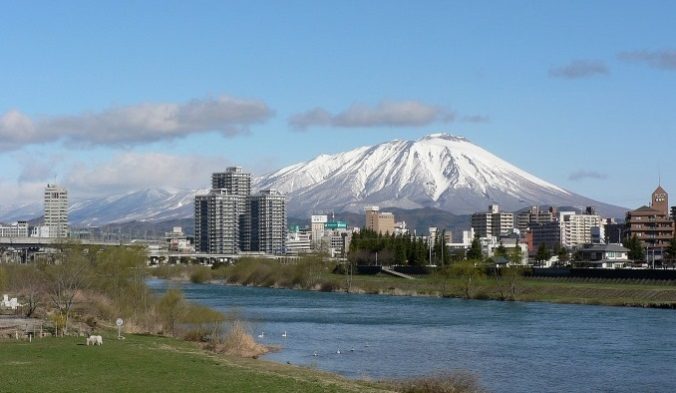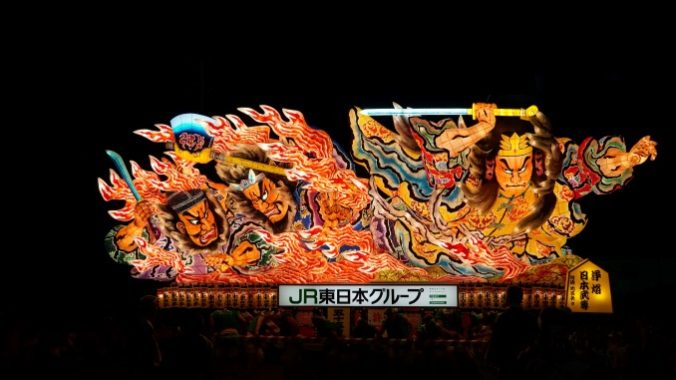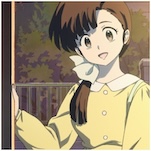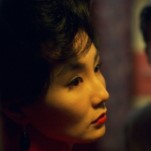Exploring The Tohoku Region of Japan
Main photo: "snow monsters" on Mt. Zao, from Pixabay. Mt. Iwate photo by yisris under Creative Commons license. Nebuta Festival and Hiraizumi photos from Unsplash. Fukushima photo from Pixabay.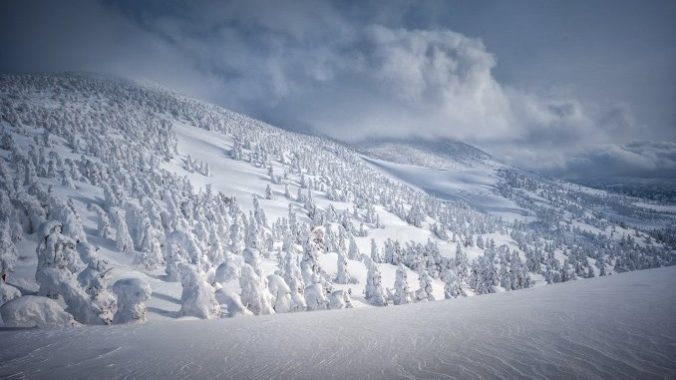
Japan is full of many wonders. If you’re in Tokyo and are eager to see more of the fantastic sides of this captivating country, there’s a great solution: the bullet train. It’s one of the more understated yet undeniably awesome realities about Japan.
Otherwise known as the “Shinkansen,” the bullet train, whose sleek design emulates a kingfisher bird, maxes out around 200 mph and connects all four of Japan’s main islands. It is so accessible, fast, and efficient that it makes one wonder why it isn’t more of a thing here in the United States. It is pricier than standard subway fare but occupies a decent middle ground between that and airfare—only with the bonus of front-row seats to Japan’s legendary countryside, easy access to all of the country’s charms, Wi-Fi, and, perhaps most importantly, more comfortable seating.
The Tohoku Line, part of the JR East Railway Company, covers the Tohoku region comprising the upper third of the main Japanese island of Honshu. The Tohoku Line has its southern end in Tokyo and terminates in Aomori at the northern end. Buying passes is simple at the various JR East Stations found throughout Tokyo. With your ticket in hand, it is as easy as boarding your car, finding your seat (all seating is assigned on the bullet train, so check your stub), and enjoying the ride. The train comes in different varieties, from the no-frills yet comfy coach cars to the fully decked-out GranClass trains with swanky interiors offering spacious seating, drinks, light meals, and plush blankets and slippers. Curated excursions exploring different slices of Japanese culture are also available, including food tours, sake trips, and even a Pokémon-themed trip in a Pikachu train for the traveler that’s gotta catch ’em all.
Tohoku is one of the more underrated parts of Japan, with massive, bustling cities replaced with some of the most breathtaking Japanese nature and compelling local experiences found in the entire country. With discoveries in all four seasons, there isn’t a wrong time to visit Tohoku—exploding clouds of pink during the cherry blossoms of spring, warm temperatures and idyllic seaside towns making for a perfect summer getaway, trees bursting with autumn hues from the beaches to the thick inner forests during fall, and the snowy, picturesque mountains that hit perfectly within the cozy waters of a warm “onsen,” a traditional Japanese hot spring, in the winter. On a journey north from Tokyo, check out these stops.
Fukushima and Yamagata
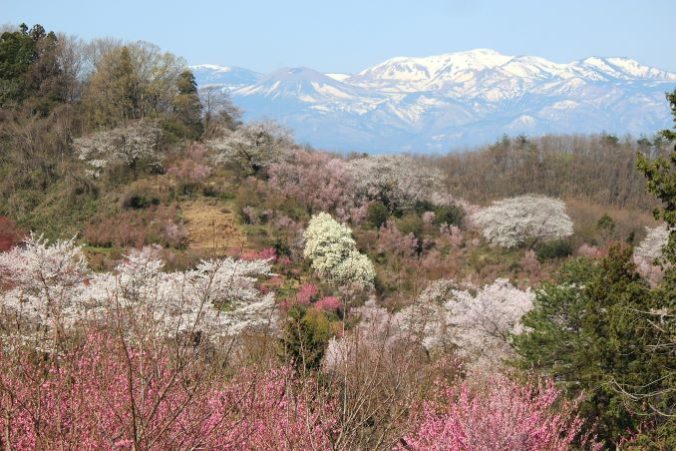
The first stop heading north, Fukushima, translates to “happy island,” and with places like the charming, light-hearted Kataoka Tsurutaro Art Garden and lush parks with a wealth of eye-popping trees, it’s a perfect name. Those trees bear ripe, ready-to-pick delicacies like berries and peaches year-round to such an extent that Fukushima Prefecture is also known as the “Fruit Kingdom.” Hike to Mt. Shinobu to find the Fukushima Prefectural Museum of Art, hosting a collection of modern American and Japanese art along with storied Impressionist works from creators like Monet and Gauguin. On the mountain’s east side, see if you can spot any human faces beginning to peek out of the stone facades making up the centuries-old Buddhist engravings of Iwaya Kannon. Climbing the central peak, you might be surprised by the sight of the massive straw sandal, or “waraji,” greeting you at Haguro Shrine on the summit. This sandal, weighing over two tons, is paraded into the city as the centerpiece of the city’s Waraji Festival, marking the arrival of summer in the prefecture.
If you’re looking for a beautiful spring scene, you can’t go wrong with a literal mountain full of iconic Japanese blossoms. Mt. Hanamiyama and its Hanamiyama Park, translating literally as “flower watching mountain” on the outskirts of town, is arguably the best place to see cherry blossoms in all of Japan. Get lost in the limitless shades of pink and white beaming from the massive varieties of the famed flower blooming alongside adorable views of Fukushima City. For more spring scenery, there is also the over 1000-year-old Miharu Takizakura, one of Japan’s “three great cherry trees” that puts puts on an entrancing light show in the peak months.
Due west of Fukushima lies Shirakawa Lake. Watch how the melted snow in the spring turns the water into an otherworldly teal tone, and the unassuming leafy trees in the lakebed begin to get submerged, creating a magical scene where the treetops look as though they are floating just above the crystalline surface. Hop onto the Bandai-Azuma skyline in the Azuma mountains here, and watch on both sides for the lofty vistas that gave this road the nickname “the road that runs across the sky.”
Take the Yamagata Shinkansen into the interior of Honshu from Fukushima Station to find the fairy tale town of Yamagata, surrounded by lovely mountains that make for a magical destination in the winter. Stop by Risshaku-ji, where those who dare take the 1000-step trek to the top will find an incredible cliff-top view as their reward. A stay in an onsen is recommended in Yamagata, perhaps most notably within the soothing warm waters of the hot spring village at Zao Onsen Ski Resort. In addition to some exhilarating skiing, take in the majestic views from the cable car and go visit the “snow monsters” on Mt. Zao, frost-covered trees that are an endearing fixture during the cold months. If you happen to be here in the fall, don’t miss the outstanding reds and yellows of the quiet forest wrapped around nearby moon-shaped Dokko Marsh as well.
-

-

-

-

-

-

-

-

-

-

-

-

-

-

-

-

-

-

-

-

-

-

-

-

-

-

-

-

-

-

-

-

-

-

-

-

-

-

-

-


